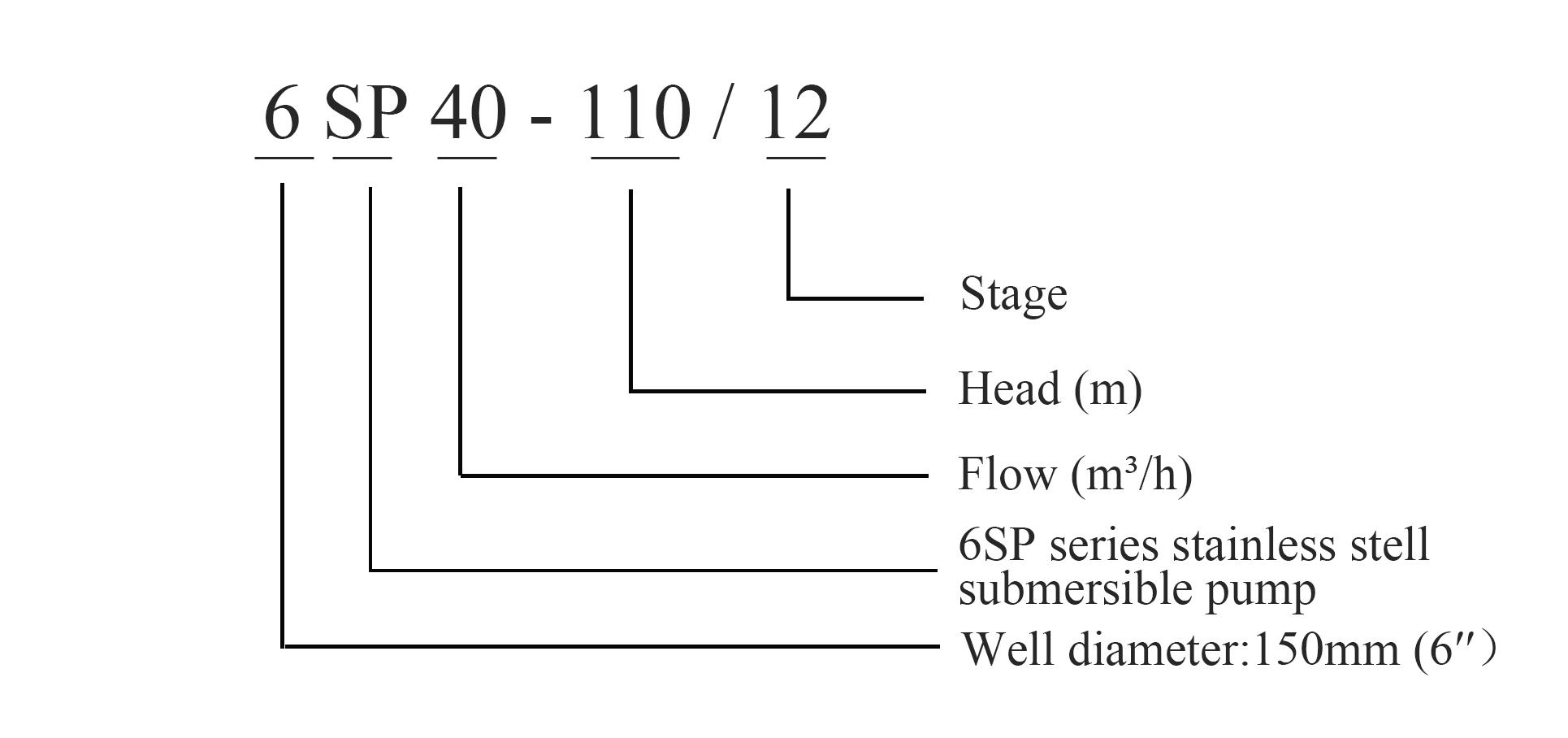Dec . 06, 2024 18:18 Back to list
submersible automatic utility pump
Understanding Submersible Automatic Utility Pumps
Submersible automatic utility pumps are an essential tool for homeowners and businesses alike, designed to effectively handle water removal in various applications. These powerful devices are engineered to operate underwater, making them particularly suited for tasks such as draining flooded basements, emptying hot tubs, or removing standing water from construction sites. Their design and automatic functionality offer significant advantages over traditional pumps, allowing for efficiency and convenience in water management.
What Is a Submersible Pump?
A submersible pump is a type of centrifugal pump that is inserted beneath the surface of the fluid it is pumping. Unlike surface pumps that are placed above ground, submersible pumps are sealed to allow them to work while submerged, which effectively eliminates the problem of air lock and allows for improved hydraulic efficiency. These pumps typically feature a hermetically sealed motor that prevents water from entering and causing damage, ensuring durability and performance.
Automatic Functionality
The “automatic” aspect of submersible automatic utility pumps refers to their ability to operate without manual intervention. These pumps are equipped with float switches or electronic sensors that monitor water levels. When the water rises to a certain height, the float switch activates the pump, and it begins draining the water. Once the water is removed to a predetermined level, the switch deactivates the pump, preventing unnecessary energy consumption and reducing wear and tear on the machinery. This automatic feature is particularly useful in scenarios where water levels fluctuate, as it ensures responsiveness and safety without requiring constant monitoring from users.
Applications of Submersible Pumps
1. Flooded Basements One of the most common uses for submersible automatic utility pumps is in homes with basements that may flood after heavy rain or plumbing failures. These pumps can quickly remove water, preventing damage to the property and reducing the risk of mold or mildew growth.
2. Outdoor Water Removal Whether it's draining a pool, hot tub, or pond, submersible pumps excel at handling larger volumes of water. Their ability to function underwater makes them ideal for these applications, allowing for quick and efficient water removal.
3. Construction Sites In the construction industry, managing groundwater is crucial. Submersible pumps help contractors keep sites dry and safe for work, significantly increasing productivity and ensuring that foundations can be laid without delay from excess water.
submersible automatic utility pump

4. Agriculture Farmers often utilize submersible pumps for irrigation and drainage purposes. These pumps can be used in fields that require drainage to avoid waterlogging, as well as in wells to access groundwater for irrigation.
Benefits of Using Submersible Automatic Utility Pumps
There are multiple benefits to using submersible pumps, including
- Energy Efficiency These pumps are generally more energy-efficient than their surface counterparts. The motor operates underwater, allowing for reduced energy consumption and lower electricity bills.
- Compact Design The compact and portable design of submersible pumps makes them easy to transport and deploy, providing flexibility for various projects.
- Reduced Noise Levels Since submersible pumps operate underwater, they tend to be quieter than surface pumps, making them suitable for residential areas where noise can be a concern.
- Enhanced Lifespan With their sealed design, submersible pumps are typically more protected against damage from the elements, which can lead to a longer operational lifespan compared to other types of pumps.
Conclusion
Submersible automatic utility pumps are indispensable tools in a variety of water management scenarios. Their design allows for effective water removal, while their automatic functionality offers convenience and efficiency that meet the demands of both residential and commercial applications. Whether dealing with a flooded basement, managing construction site drainage, or maintaining agricultural irrigation systems, these pumps provide reliable and effective solutions to keep water at bay. As technology advances, the capabilities and efficiency of submersible pumps are likely to improve, solidifying their place as a vital resource in fluid management.
-
Submersible Water Pump: The Efficient 'Power Pioneer' of the Underwater World
NewsJul.01,2025
-
Submersible Pond Pump: The Hidden Guardian of Water Landscape Ecology
NewsJul.01,2025
-
Stainless Well Pump: A Reliable and Durable Pumping Main Force
NewsJul.01,2025
-
Stainless Steel Submersible Pump: An Efficient and Versatile Tool for Underwater Operations
NewsJul.01,2025
-
Deep Well Submersible Pump: An Efficient 'Sucker' of Groundwater Sources
NewsJul.01,2025
-
Deep Water Well Pump: An Efficient 'Sucker' of Groundwater Sources
NewsJul.01,2025
-
 Submersible Water Pump: The Efficient 'Power Pioneer' of the Underwater WorldIn the field of hydraulic equipment, the Submersible Water Pump has become the core equipment for underwater operations and water resource transportation due to its unique design and excellent performance.Detail
Submersible Water Pump: The Efficient 'Power Pioneer' of the Underwater WorldIn the field of hydraulic equipment, the Submersible Water Pump has become the core equipment for underwater operations and water resource transportation due to its unique design and excellent performance.Detail -
 Submersible Pond Pump: The Hidden Guardian of Water Landscape EcologyIn courtyard landscapes, ecological ponds, and even small-scale water conservancy projects, there is a silent yet indispensable equipment - the Submersible Pond Pump.Detail
Submersible Pond Pump: The Hidden Guardian of Water Landscape EcologyIn courtyard landscapes, ecological ponds, and even small-scale water conservancy projects, there is a silent yet indispensable equipment - the Submersible Pond Pump.Detail -
 Stainless Well Pump: A Reliable and Durable Pumping Main ForceIn the field of water resource transportation, Stainless Well Pump has become the core equipment for various pumping scenarios with its excellent performance and reliable quality.Detail
Stainless Well Pump: A Reliable and Durable Pumping Main ForceIn the field of water resource transportation, Stainless Well Pump has become the core equipment for various pumping scenarios with its excellent performance and reliable quality.Detail
